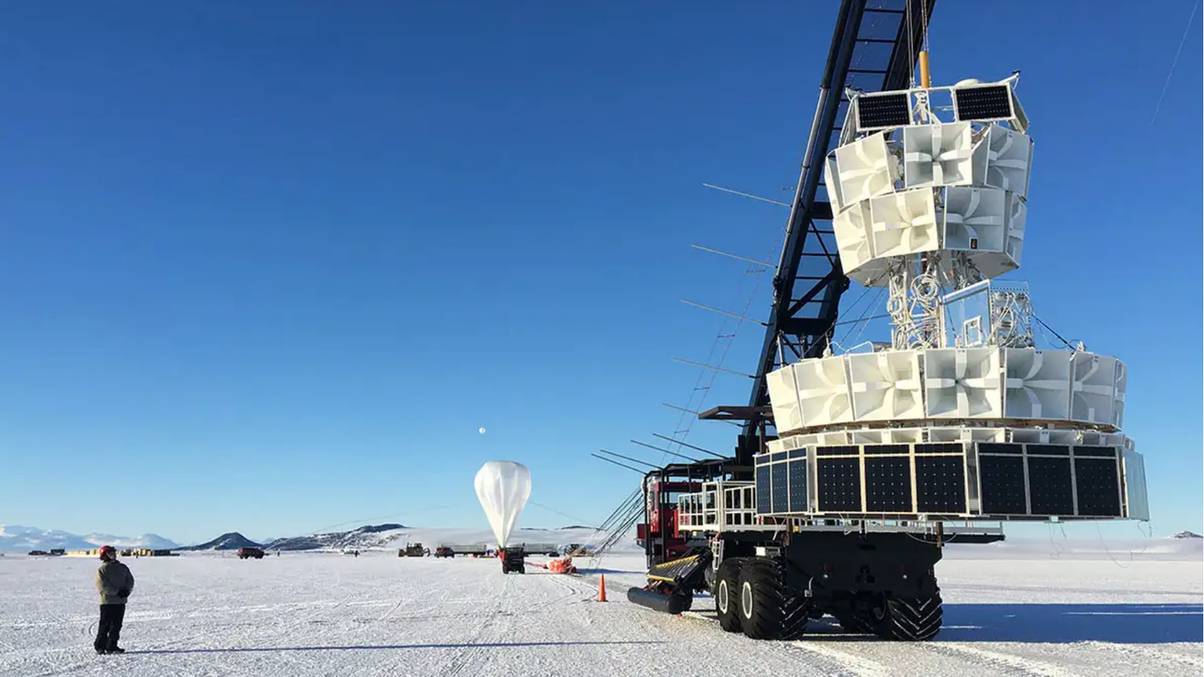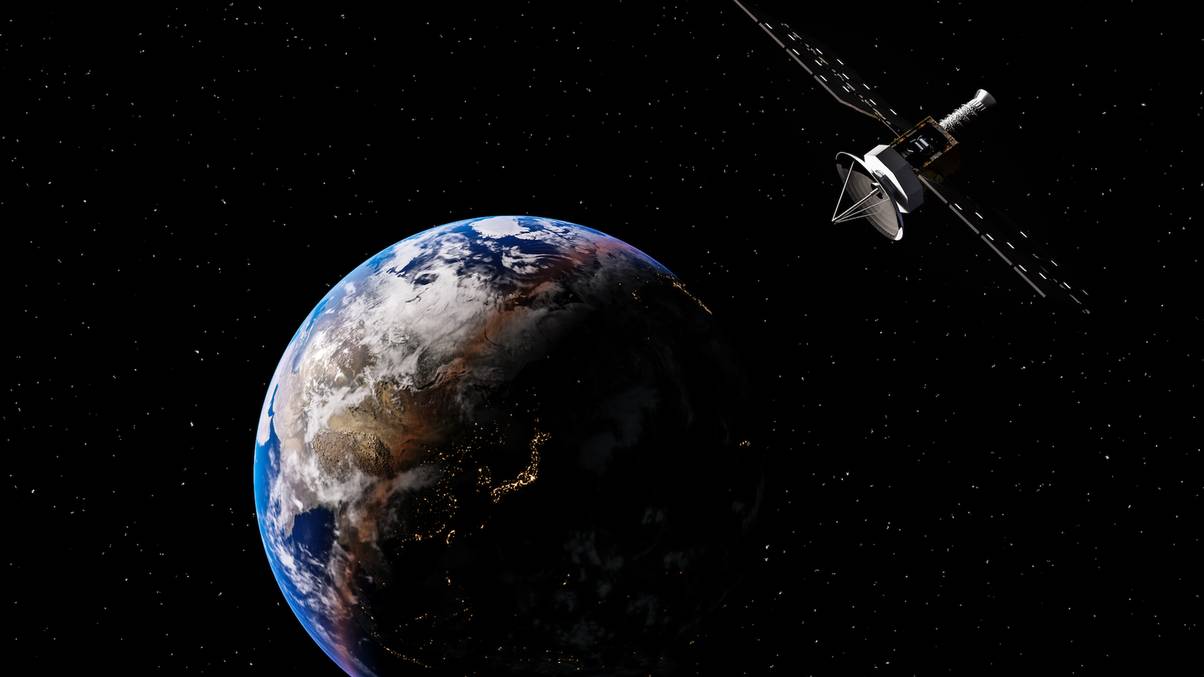Mysterious ‘Impossible’ Radio Signals Emanating from Antarctica Baffle Scientists Worldwide
Here’s a mind-bender for you: what if Antarctica isn’t just a giant ice cube but a secret DJ blasting radio signals up from beneath at “impossible angles”? Seriously, scientists working with NASA’s ANITA project stumbled on some baffling radio pulses coming straight out from under the ice—angles so steep, they make conventional physics throw up its hands. These signals? They don’t fit with what we know about neutrinos—the ghost particles ANITA’s antennas are tuned to catch as they skim through the Antarctic ice. Dr. Stephanie Wissel, one of the brainiacs on the team, admits it’s like hunting for a cosmic riddle wrapped in a mystery sandwich. Are we looking at a brand-new kind of particle interaction, or is there some quirky radio wave trickery playing out near the ice horizon? Either way, it’s the kind of unsettling tech whodunit that makes you wonder if the universe has a sense of humor…or a secret message we haven’t cracked yet. Buckle up, because a next-gen detector called PUEO is on the way—and hopefully, it’ll help us decode what Antarctica’s been mumbling beneath its frozen veil. LEARN MORE.
Scientists have discovered some seemingly inexplicable radio signals emerging from under Antarctica’s ice at ‘impossible angles’.
The puzzling radio pulses were detected by a NASA project known as the Antarctic Impulsive Transient Antenna (ANITA), which uses an array of instruments designed to detect particles called neutrinos.
It seems that the radio signals picked up by ANITA cannot be explained by the current understanding of particle physics, which led scientists to believe that there are other forms of particles or interactions behind the pulses.
“The radio waves that we detected were at really steep angles, like 30 degrees below the surface of the ice,” Dr Stephanie Wissel, an astrophysicist from The Pennsylvania State University who’s on the ANITA team, told the Daily Mail.
“It’s an interesting problem because we still don’t actually have an explanation for what those anomalies are.”

Scientists have stumbled upon a new discovery (NASA)
What were they looking for?
The ANITA experiment is dedicated to finding radio waves created by neutrinos hitting the ice using balloons floating 18 to 24 miles (30-39km) above the Antarctic, where other signals are rare, to look for radio waves caused by neutrinos hitting the ice.
The smallest of all the subatomic particles, neutrinos are very common but don’t have a charge and don’t normally affect the object they pass through. This elusiveness makes them really difficult to spot.
Dr Wissel said: “You have a billion neutrinos passing through your thumbnail at any moment, but neutrinos don’t really interact.”
“So, this is the double-edged sword problem. If we detect them, it means they have travelled all this way without interacting with anything else. We could be detecting a neutrino coming from the edge of the observable universe.
“We point our antennas down at the ice and look for neutrinos that interact in the ice, producing radio emissions that we can then sense on our detectors,” explained Dr Wissel.
What have they found?
Scientists have found radio signals emerging from the ice at an impossibly steep angle, which rules out the possibility of a neutrino-produced pulse.
These emissions don’t bounce off the ice, but appear to be coming from below the horizon. This means that these radio waves would have had to travel through thousands of miles of rock and ice before reaching ANITA’s balloons, which should have rendered them undetectable given that neutrinos can only be picked up if they haven’t interacted with anything else.
All these elements made the signals’ origin hard to explain using the current knowledge of particle physics.

What’s coming from underneath the ice? (Getty Stock)
Possible explanations
ANITA astrophysicists have speculated that they may have come across a brand new type of particle interaction previously unknown to science.
“My guess is that some interesting radio propagation effect occurs near ice and also near the horizon that I don’t fully understand, but we certainly explored several of those, and we haven’t been able to find any of those yet either,” Dr Wissel said.
After this exciting discovery, scientists are currently building a bigger detector, called PUEO, which will be better at spotting hidden particles and could help understand where these signals are coming from.
“I’m excited that when we fly PUEO, we’ll have better sensitivity. In principle, we should pick up more anomalies, and maybe we’ll actually understand what they are,” Dr Wissel concluded.


















